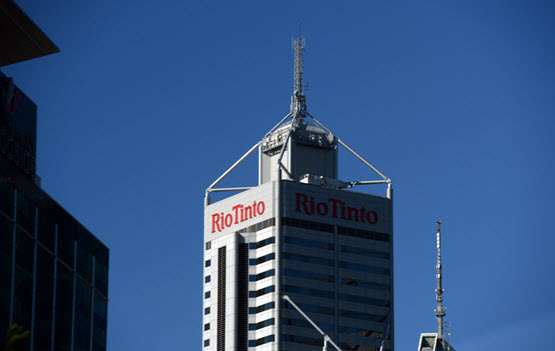
The other day we noted that Rio Tinto, which was threatening to switch investment to the United States because Australia hadn’t cut its company tax rates to match Donald Trump’s, was awash with cash and busily handing it back to shareholders rather than investing it anywhere.
As the AFR’s Myriam Robin noted, good luck to Rio switching to the US when all that red dirt in the Pilbara is what drives most of Rio’s profits.
But it turns out Rio’s not alone in directing its surging profits to shareholders. The four big London-listed miners have all reported big profits for 2017 — and what they’re doing with them. As Bloomberg noted last week, Rio Tinto, Glencore and BHP had all reported substantial profit growth and were all pumping it into dividends and share buybacks.
Glencore Plc, which traditionally favored stuffing its war chest over rewarding shareholders, surprised the market with a $2.9 billion payout Wednesday. Rio Tinto Group promised $5.2 billion in dividends with an additional $1 billion stock buyback, and BHP Billiton Ltd., whose financial year ends in June, also made a generous interim payment.
A few days ago, Anglo-American reported as well: a big profit rise that enabled it to … increase investment and lift wages? Just kidding — the company has restored its dividend to shareholders and is paying down debt.
The miners aren’t exactly out of step with major businesses here. Woolworths boosted its interim dividend to 43 cents a share from 34 cents; JB Hi Fi lifted its interim dividend to 86 cents a share from 72 cents a year ago. The Commonwealth Bank lifted its interim dividend one cent to $2 a share. Minerals sands miner Iluka is paying a full year dividend for 2017 of 31 cents a share, up from 3 cents in 2016.
Meantime in the United States, we’ve been seeing over and over how many companies are using Trump’s tax cut to pay for share buybacks — $178 billion and counting so far — and higher dividends. Now we’re starting to see the first evidence of the actual impact of the tax cuts on corporate investment. In January, seasonally adjusted orders for capital goods by US firms fell, according to Commerce Department data. Oops — that wasn’t supposed to happen. Maybe February will bring some evidence of all the investment the tax cuts have unleashed.
Tomorrow in Australia, we’ll see the private capital investment data for the December 2017 quarter. The figures are expected to show yet another rise in planned spending by companies — all without any company tax cut. That would be peculiar, wouldn’t it?









Higher tax rates drive up the value of deductibles, and we should therefore be offering incentives (deductions) via the ATO that would drive jobs growth, not dividend growth. The same way, if we had any sense, that we would encourage home ownership to be a right not an asset.
Kel Surprise. There you go with that facty troothy stuff again – reality is what Capital sez it is.